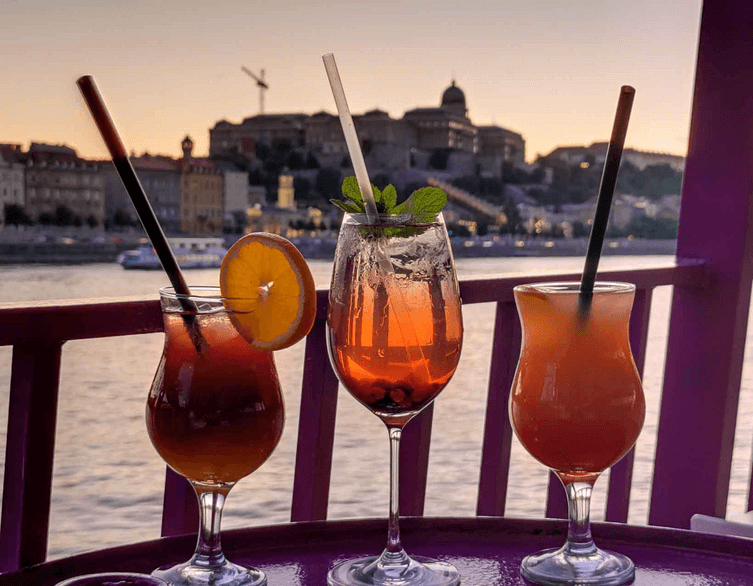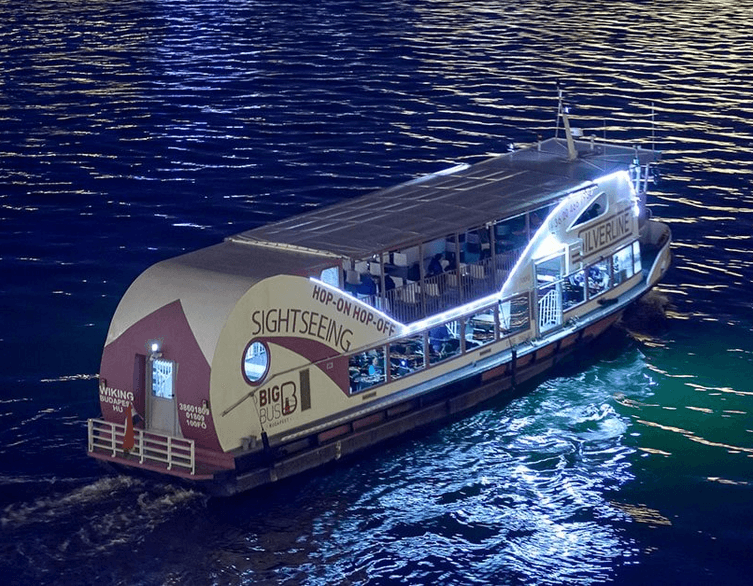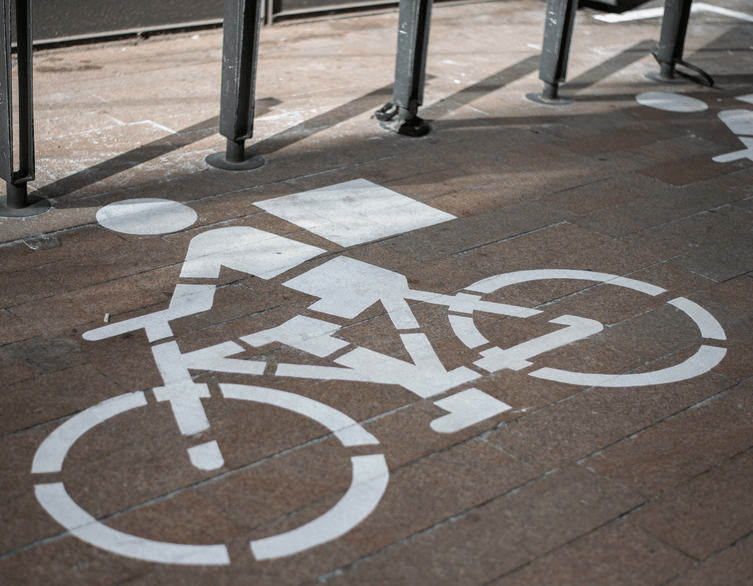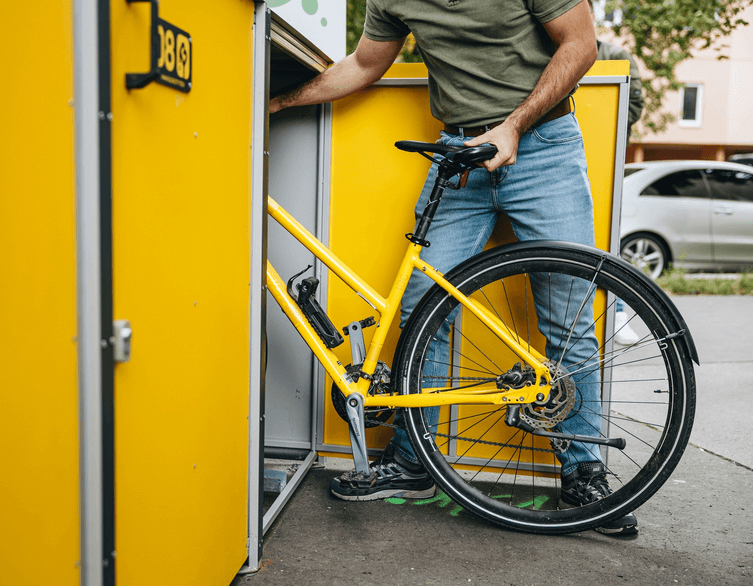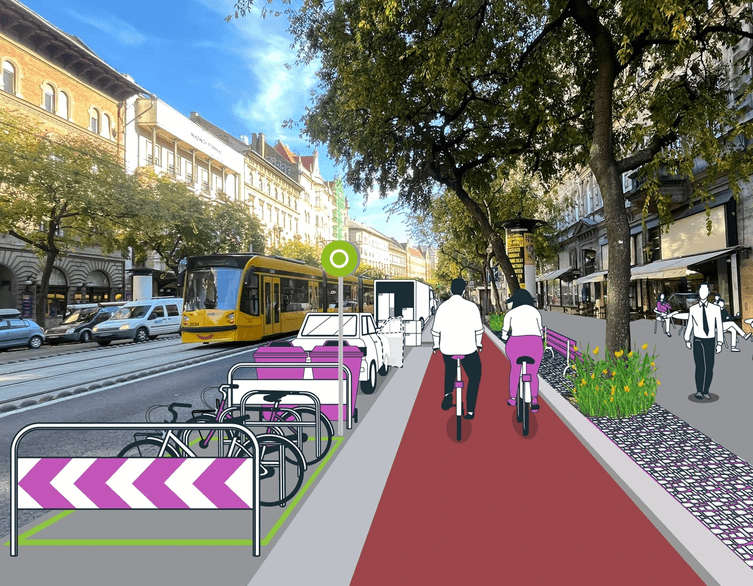Budapest Joins Global Cycling Elite: A City Transformed on Two Wheels
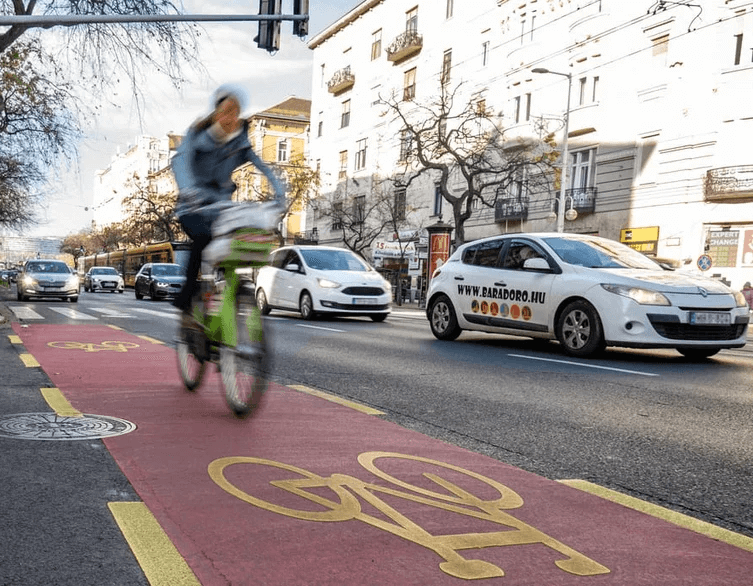
Budapest has officially arrived as one of the world’s top cycling cities, earning a coveted spot among the global Top 100 bike-friendly destinations in 2025. This isn’t just a symbolic achievement but the culmination of a decade-long transformation that has reshaped how residents and visitors experience Hungary’s stunning capital. For travelers seeking sustainable, efficient, and genuinely enjoyable ways to explore Budapest, this recognition confirms what locals have been discovering: the city is now best experienced from a bicycle saddle.
The Recognition That Validates Years of Progress
The international organization PeopleForBikes released its annual CityRatings report in November 2025, placing Budapest firmly among the world’s premier cycling destinations. This prestigious evaluation system goes far beyond simply counting bicycle lane kilometers. The assessment examines network connectivity, safety infrastructure, community accessibility, and resident feedback to create a comprehensive picture of cycling conditions. Budapest’s breakthrough into the Top 100 is particularly impressive given the growing number of cities competing for recognition in sustainable transportation.
The report highlights that Budapest achieved its most dramatic improvement in the network quality category. This technical term translates to real-world experience: cycling routes no longer exist as isolated islands that lead nowhere. Instead, connections now flow seamlessly from downtown districts to outer neighborhoods, creating a coherent system that makes cycling a practical transportation choice rather than a recreational novelty. The integration of inner-city areas with suburban zones has transformed from planning documents into painted reality on Budapest’s streets.
Best deals of Budapest
What Makes Budapest Bike-Friendly Now
Several key developments contributed to Budapest’s international recognition. The MOL Bubi public bike-sharing system has become a genuine success story, with continuous fleet modernization, dense station coverage, and explosive growth in the user base. The system’s integration with public transport passes and user-friendly mobile app created an accessible entry point for anyone hesitant about urban cycling. Visitors can easily rent bikes at hundreds of stations across the city, making spontaneous cycling adventures effortlessly simple.
The city made bold infrastructure decisions that initially sparked heated debate but ultimately paid dividends. The permanent cycling lanes on the Grand Boulevard and the seasonal opening of sections along the Danube embankment to pedestrian and bicycle traffic demonstrated political commitment to rebalancing public space in favor of sustainability. International experts specifically recognize this type of courage: when cities dare to redistribute street space toward sustainable transport, even when facing initial resistance from some communities.
Protected bicycle lanes physically separated from car traffic have expanded significantly, creating safe corridors where cyclists of all experience levels feel comfortable. Major routes now feature dedicated traffic signals for bicycles, priority at intersections, and clear wayfinding signage in multiple languages. The Danube riverside paths, Margaret Island’s car-free environment, and connections through City Park offer scenic cycling experiences that showcase Budapest’s architectural and natural beauty from perspectives impossible to appreciate from cars or buses.
Why Cycling is Budapest’s Secret Weapon
The statistics reflect individual human choices. Budapest residents increasingly choose bicycles not because international rankings tell them to, but because cycling often provides the fastest and most predictable way to reach destinations. During morning rush hour when Bajcsy-Zsilinszky Street or Üllői Road gridlock with traffic, cyclists glide past stationary car queues. This freedom and time savings represent the strongest motivation for the cycling revolution.
For distances between 3-5 kilometers in the city center, bicycles prove unbeatable, frequently outpacing even public transportation. The cost savings compared to fuel prices and parking fees make cycling essentially free. The mental health benefits of physical movement produce endorphins, meaning arrivals at destinations feel refreshing rather than stressful. Journey times become precisely calculable without schedules, traffic jams, or parking space searches. Most importantly, cycling reveals Budapest’s character in ways car windows never could, from Chain Bridge details to City Park atmospheres.
The Tourist Experience on Two Wheels
This recognition creates golden opportunities for tourism. Modern travelers actively seek bicycle-friendly destinations, and Budapest now delivers exactly what they want. Increasing numbers of international visitors arrive with cycling integrated into their itinerary plans. The vibrant cycling energy along Margaret Island, the Roman Riverbank, and the Danube promenade creates an atmosphere that feels youthful, dynamic, and distinctly European.
Bicycle tours have exploded in popularity, offering everything from architectural explorations to food-focused adventures. Companies provide guided experiences that combine exercise with education, taking visitors through the Jewish Quarter’s hidden courtyards, across bridges for panoramic river views, and into neighborhoods like District VIII where gentrification meets traditional culture. Electric bikes make even Buda’s hilly terrain accessible for casual riders, opening previously challenging areas to exploration.
What Comes Next
This achievement represents a milestone rather than a finish line. City development plans include further expansion of suburban cycling networks, recognizing that solving the last-mile problem remains critical for commuters. Electric bike proliferation opens entirely new possibilities: Buda’s mountainous areas, once limited to athletic enthusiasts, become accessible for anyone commuting with electric assistance.
Budapest has proven its capacity for transformation. The smog-filled, car-centric cityscape is steadily yielding to a more human-scale, greener vision. While challenges remain in safety perception and complete network connectivity, the international recognition validates the direction. For visitors planning Budapest trips in 2025 and beyond, bicycles offer not just transportation but an invitation to experience the city as locals increasingly do: free, sustainable, and unforgettably beautiful on two wheels.
Related news













